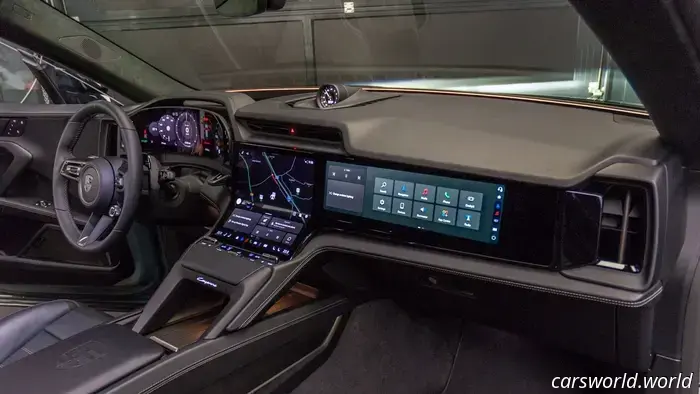
How the Cabin of the 2026 Porsche Cayenne Electric Merges Analog Heritage with a Curved Touchscreen Tomorrow
The latest automotive news and reviews, no nonsense.
Our complimentary daily newsletter delivers the most important stories straight to your inbox every weekday.
The interior manager for the 2026 Porsche Cayenne Electric proudly stated that the latest EV features “50% more screens than the current Cayenne.” While he clearly takes pride in his creation, I sensed that this detail might not impress Porsche aficionados.
This is just part of what defines the interior of the Cayenne Electric, which I had the chance to explore in Leipzig, Germany last week. The new SUV boasts more screens, cutting-edge technology, and innovative design solutions than any Porsche thus far. It also keeps some traditional toggles and knobs.
You can tell that Porsche has devoted significant time to designing and engineering the Cayenne Electric with practical buyers in mind, rather than solely focusing on those looking for their next 911 GT3 RS companion.
Screens Everywhere
Depending on the configuration, a Cayenne Electric can include up to four screens: a gauge cluster, a center screen, a passenger screen, and a rear climate control screen. Every Cayenne Electric comes with a 14.25-inch OLED curved digital gauge cluster, similar to the one in the Taycan. The screen is impressively thin at the edges, reconfigurable, and can display everything from a power meter to navigation through Apple Maps or Google Maps.
Then there’s the newly introduced 12.25-inch OLED curved center display. It’s stunning from the side and enjoyable to use; this display is an example of an automaker getting the interface right. The upper section shows primary functions like navigation, audio sources, and vehicle controls, akin to the current Macan EV. However, the lower curved part is a novel blend of hardware and software. It feels intuitive to use, as it includes a wrist pad leading to the curved display, known as the Ferry Pad, conveniently positioning fingers at the lower section of the screen. This area can hold completely customizable widgets that serve as shortcuts to systems, functions, and controls, allowing users to set it up as they prefer. A button can even be placed on the main screen to access all active safety control features, which can then be toggled on or off.
Other widgets may control the electromagnetic panoramic glass roof, Burmester sound system, digital key, or audio controls when the upper part of the screen displays navigation. Users can set up multiple widget panels and swipe through them with a simple finger gesture. At the bottom of the curved screen, there are fixed digital hotkeys that access navigation, vehicle controls, audio, and climate controls (including digital air vent adjustment, similar to those found in Tesla and Rivian). Additionally, these buttons also allow access to phone functions. Notably, Porsche has retained a physical volume knob and toggles for climate control, conveniently positioned for ease of use.
An optional 14.9-inch LCD display is available for the passenger side of the dash, which seems somewhat redundant. This screen mirrors the main display’s interface with iPad-like square buttons. The driver cannot view this display while driving, and it does not match the resolution of the adjacent OLED displays, which share the same panel of continuous glass. Cayenne Electric models without this option will feature a glossy piano black plastic panel, which can show scratches easily in multiple test vehicles I observed. It's a puzzling choice, as the passenger screen seems unnecessary, yet the glossy panel that replaces it appears somewhat cheap.
The last screen is dedicated to the four-zone automatic climate control, mounted on the rear of the center console for backseat passengers, showing temperature and various heating/cooling controls, mainly touch-based. This originated from the current gasoline Cayenne and barely qualifies as a screen.
Apple CarPlay and Android Auto Come Standard
The phone projection system utilizes the new curved display brilliantly. Apple CarPlay (and likely Android Auto, although only CarPlay was tested) can appear on the upper part of the touchscreen, while the curved bottom portion holds Porsche widgets, allowing swift access to features. The Apple CarPlay interface can extend to fill the entire display, enabling scrolling through larger music libraries and extensive map views. It's quite impressive.
Innovative Design
Porsche clearly recognized the concerns about Americans' oversized drink containers not fitting into small cupholders. In response, the center console is divided into segments. The front section has semi-covered storage. A trim piece can slide backward, revealing a wireless smartphone charger that is consistently cooled via the climate control system. The center armrest can move back to uncover additional storage, and between the two compartments, there are four 100-watt USB-C ports. A removable cup holder can slide in and out and can be adjusted to support various container heights. The cupholders have cloth inserts instead of plastic, adapting to the size of the container placed inside.
The Cayenne Electric Will Offer Style and Elegance
Most Porsches can be custom-painted to the buyer's preference, albeit at a higher price. The Cay












Other articles
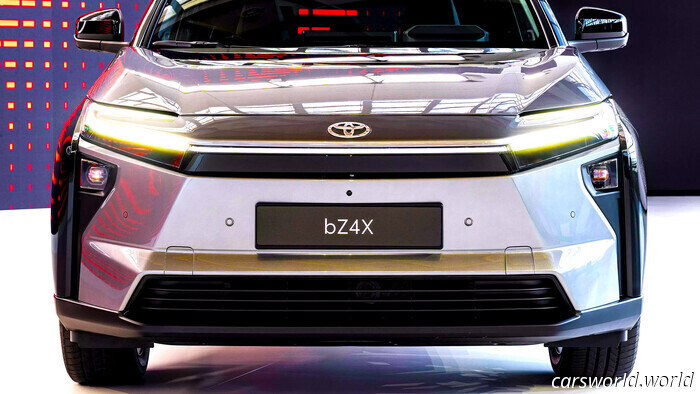 Toyota Sold Only 18 Electric Vehicles in Japan Last Month | Carscoops
Global sales skyrocketed, but electric vehicle demand fell sharply in Japan, resulting in Toyota marking record highs even as it grapples with challenges in its domestic market.
Toyota Sold Only 18 Electric Vehicles in Japan Last Month | Carscoops
Global sales skyrocketed, but electric vehicle demand fell sharply in Japan, resulting in Toyota marking record highs even as it grapples with challenges in its domestic market.
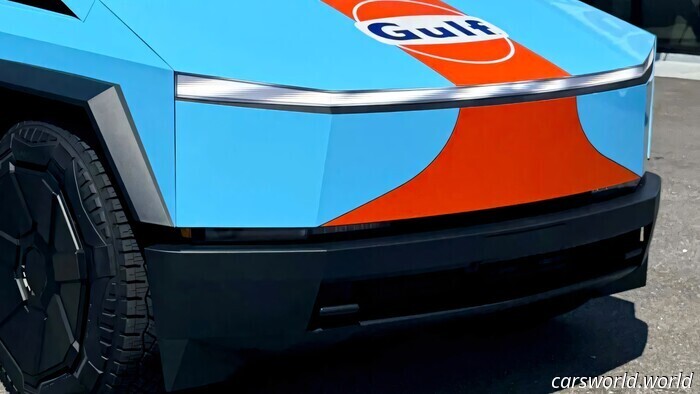 No One Was Convinced About This Gulf Oil Cybertruck | Carscoops
This tri-motor Cybertruck remained unsold, even with its 845 hp and only 2,200 miles on the odometer.
No One Was Convinced About This Gulf Oil Cybertruck | Carscoops
This tri-motor Cybertruck remained unsold, even with its 845 hp and only 2,200 miles on the odometer.
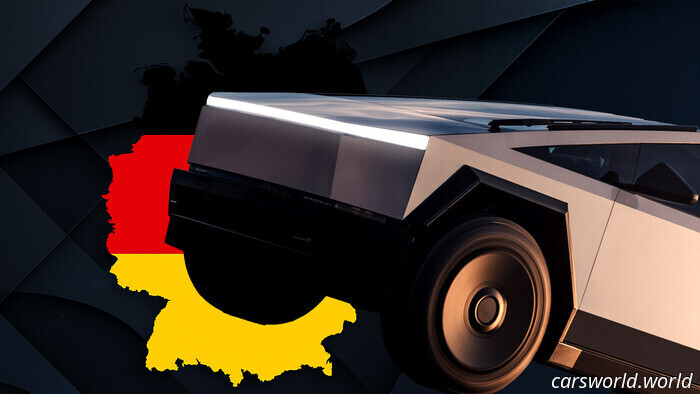 Germany and the US Army Advise Soldiers to Leave Cybertrucks at Home | Carscoops
Soldiers are allowed to bring their personal vehicles to Germany, except for Tesla’s angular truck, which does not meet the necessary standards.
Germany and the US Army Advise Soldiers to Leave Cybertrucks at Home | Carscoops
Soldiers are allowed to bring their personal vehicles to Germany, except for Tesla’s angular truck, which does not meet the necessary standards.
 The Honda Prelude Appears Impressive as a 650-HP Super GT Race Car
Featuring rear-wheel drive and an aggressive widebody design, it's essentially the Prelude you've always wanted to own.
The Honda Prelude Appears Impressive as a 650-HP Super GT Race Car
Featuring rear-wheel drive and an aggressive widebody design, it's essentially the Prelude you've always wanted to own.
 How and Why This Porsche Cayman Sports a Body-Wrap Design
A skilled custom rug artisan transformed their Porsche into a piece of tufted artwork. Rest assured, it also features a quick-release mechanism for removal.
How and Why This Porsche Cayman Sports a Body-Wrap Design
A skilled custom rug artisan transformed their Porsche into a piece of tufted artwork. Rest assured, it also features a quick-release mechanism for removal.
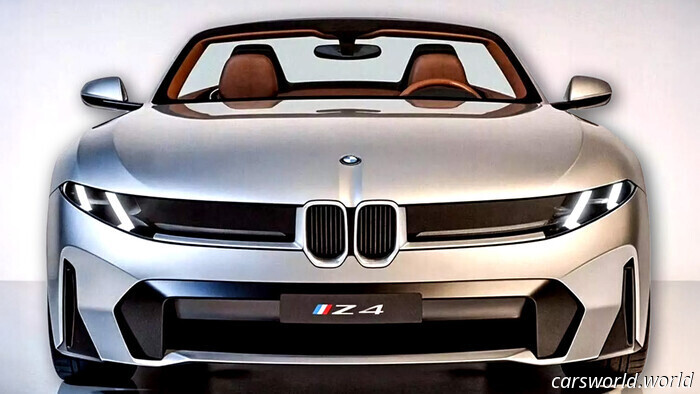 The Conclusion of BMW's Z4 Could Be the Beginning of Something New | Carscoops
The roadster has ceased production, but suggestions of a potential return spark significant inquiries regarding engines, electric technology, and BMW's legacy in sports cars.
The Conclusion of BMW's Z4 Could Be the Beginning of Something New | Carscoops
The roadster has ceased production, but suggestions of a potential return spark significant inquiries regarding engines, electric technology, and BMW's legacy in sports cars.
How the Cabin of the 2026 Porsche Cayenne Electric Merges Analog Heritage with a Curved Touchscreen Tomorrow
The electric Porsche Cayenne will include numerous screens, but everything appears to be functional.
